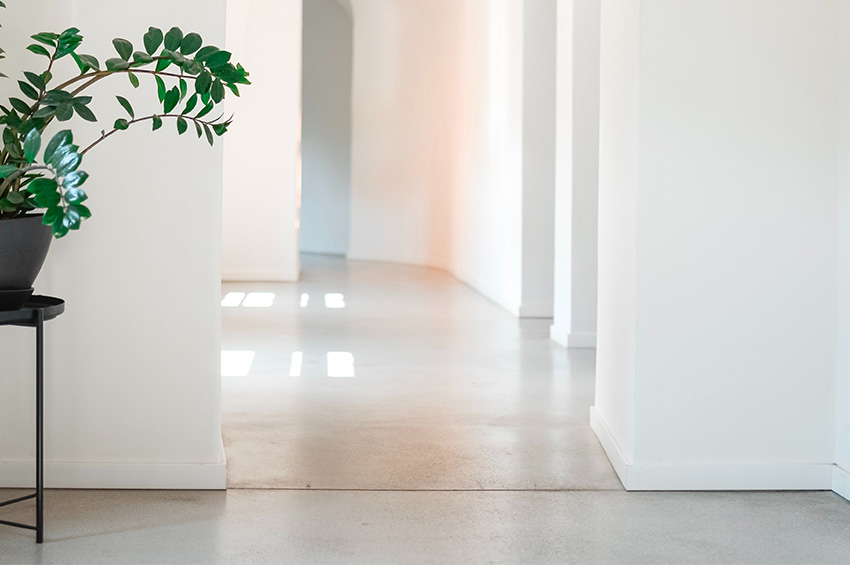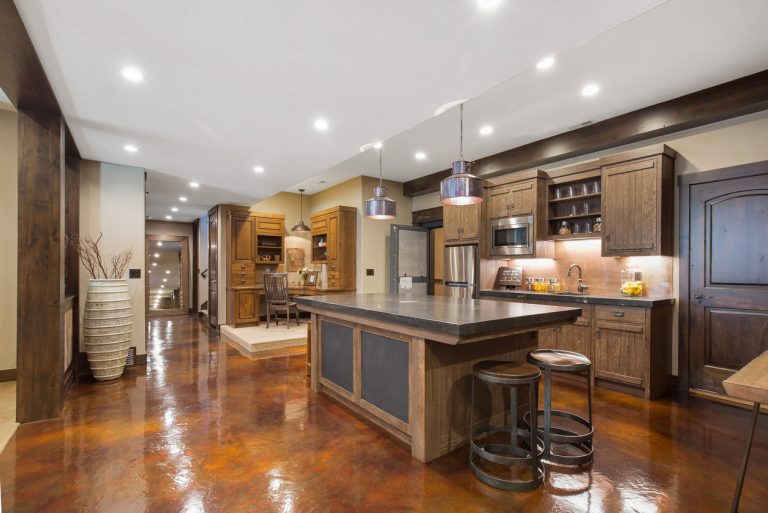Local Stained Concrete Installers Who Can Bring Ideas to Life
Local Stained Concrete Installers Who Can Bring Ideas to Life
Blog Article
Why Neighborhood Discolored Flooring Is the Perfect Choice for Sustainable Home Enhancement
In the realm of sustainable home renovation, neighborhood tarnished floor covering has emerged as a preferred selection amongst environmentally mindful homeowners. As an economical investment with decreased maintenance needs, it raises a provocative inquiry: could this be the optimal solution for lasting housing?
Understanding the Principle of Local Discolored Flooring
While the idea could seem novel to some, regional discolored floor covering is a cutting-edge approach to home renovation that incorporates aesthetic appeals, longevity, and sustainability. The staining process not only improves the all-natural elegance of the wood grain but additionally includes a layer of security, enhancing the durability of the flooring. Making use of neighborhood timber types frequently supports local economies and promotes liable forest management techniques.
The Visual Appeal of Local Tarnished Flooring
Why is regional discolored floor covering obtaining appeal for its visual appeals? Regional stained floor covering uses a varied range of patterns and shades, showing the natural beauty and variations of the neighborhood timber types utilized. Ultimately, the allure of neighborhood discolored flooring exists in its capability to transform homes right into unique, aesthetically appealing areas while promoting sustainability.
Ecological Effects of Neighborhood Tarnished Flooring
The ecological implications of neighborhood discolored floor covering encompass 2 considerable aspects: decreasing carbon impact and waste reduction benefits. Making use of locally sourced products for discoloring not just reduces transportation emissions, yet likewise advertises sustainable forestry practices. Moreover, the waste reduction facet enters into play as these flooring kinds frequently have a longer life-span, reducing the constant requirement for replacements and the waste associated with it.
Decreasing Carbon Footprint
As house owners turn to more sustainable choices, regional discolored flooring arises as a sensible service to lower carbon footprint. The procedure of staining the flooring, instead than using synthetic layers, entails less chemicals and much less energy-intensive treatments. Opting for local stained flooring demonstrates an efficient procedure in advertising ecological sustainability, highlighting a tangible way home owners can contribute to combating environment adjustment from the convenience of their very own homes. Commercial Stained Concrete Floors.
Waste Minimization Conveniences
Although typically forgotten, waste reduction is one more substantial benefit of local stained floor covering. By selecting this alternative, house owners help lower the mass of waste headed to landfills. This flooring type, usually sourced from neighborhood wood, can be recovered, refinished, and reused, including in its longevity. Unlike synthetic floor covering, it does not add to the development of non-biodegradable waste. Furthermore, the staining process makes use of less resources and generates less waste contrasted to producing brand-new floor covering materials. Any kind of waste produced throughout the discoloration procedure is usually natural and eco-friendly, mitigating ecological injury. The selection of regional stained floor covering not only beautifies homes however likewise underpins a dedication to lasting living and waste decrease.
The Durability and Upkeep of Neighborhood Stained Floor Covering

The Cost-Effectiveness of Local Discolored Floor Covering
While neighborhood tarnished flooring might at first seem extra pricey than various other options such as rug or laminate, its longevity and durability promptly turn it right into an affordable option. The upfront cost find out is frequently balanced out by the reduction in maintenance expenditures in time. Unlike carpets that need routine deep cleaning or laminate that might need substitute after a couple of years, discolored floorings are developed to last, decreasing the need for costly repairs or substitute. Neighborhood sourcing of products lowers transportation costs, contributing to both monetary savings and a lower carbon footprint. For property owners seeking a lasting, economical solution for their flooring requires, local tarnished flooring arises as a remarkable, long-term financial investment that pays off over time.

Reality Examples of Sustainable Residences With Local Discolored Floor Covering
In the world of sustainable home enhancement, neighborhood discolored floor covering has become a prominent option. To additionally illustrate its benefits, numerous reality instances of environment-friendly homes that have effectively included this floor covering method will certainly be highlighted. These study offer substantial proof of the benefits and impact of utilizing regional stained flooring in sustainable homes.

Showcase: Eco-Friendly Floor Covering Residences
Scanning the world, one can discover various homes that personify the idea of green living with the usage of regional stained flooring. Throughout oceans in copyright, a contemporary house showcases weblink its abundant, maple-stained flooring, a testimony to the plentiful neighborhood timber supply (Stained Concrete). These homes not just display the visual versatility of neighborhood stained floor covering but likewise its contribution to a much more sustainable way of life.
Neighborhood Tainted Floor Covering Advantages
The obvious attraction of neighborhood tarnished flooring extends past its aesthetic appeal, as it additionally uses considerable advantages to both home owners and the environment. This type of floor covering is sourced and generated locally, decreasing transportation emissions and boosting the regional economic climate. The staining process makes use of natural, non-toxic products, advertising indoor air top quality and lowering the home's environmental footprint. In a lasting home in Portland, Oregon, for example, regional discolored concrete floors not just enhance the visual appeals yet also work as thermal mass, soaking up warmth during the day and launching it at night, lowering power use. Another instance is a green-certified home in Austin, Texas, where locally sourced walnut was tarnished and utilized for flooring, adding to the home's LEED certification.
Conclusion
In final thought, local tarnished flooring is a practical and sustainable option for home renovation. With its distinct mix of ecological, visual and cost-effective benefits, neighborhood stained floor covering is a clear choice for home owners looking for a sustainable, aesthetically appealing and affordable home enhancement remedy.
In the world of sustainable home enhancement, neighborhood stained floor covering has actually arised as a popular choice among ecologically aware homeowners. Local discolored flooring uses a varied variety of patterns and shades, mirroring the natural charm and variations of the regional wood species used. The choice of local stained floor covering not only beautifies homes but likewise underpins a dedication to sustainable living and waste reduction.
For house owners seeking a sustainable, economical option for their flooring needs, local stained floor covering arises as a premium, long-lasting investment that pays off over time. Commercial Stained Concrete Floors.
With its one-of-a-kind mix of ecological, cost-effective and aesthetic benefits, local tarnished floor covering is a clear option for homeowners looking more information for a sustainable, aesthetically attractive and affordable home enhancement option.
Report this page